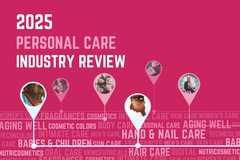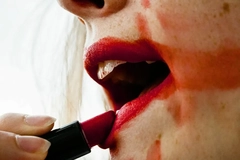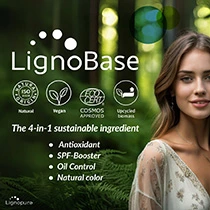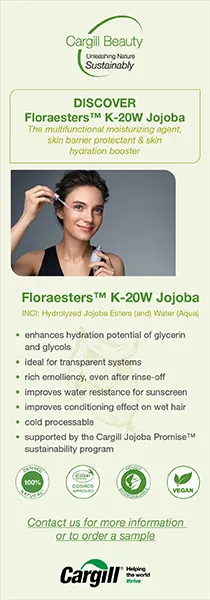Blood-based beauty: Beiersdorf taps bone marrow cells for anti-aging skin care

A Beiersdorf study suggests that using blood from people under 30 could become a new anti-aging remedy for people above 60. It found that bone marrow-derived blood cells have the potential to rejuvenate skin. Using 3D organ-on-a-chip technology, the researchers found that components in young humans’ blood serum may help restore youthful properties to the skin.
The researchers say this discovery highlights the role of bone marrow cells in supporting skin health and may allow for novel approaches aimed at slowing or reversing visible signs of aging. It can potentially boost cell renewal, collagen production, and other features associated with young skin.
The study follows earlier research that obtained similar results from animal studies. But the researchers say this is the first of its kind for human skin. It used an advanced system mimicking human circulation, connecting a 3D skin model with a 3D bone marrow model.
Blood from people under 30 did not rejuvenate the skin alone – it only did so when bone marrow cells were present.
“Interestingly, we detected a significant increase in Ki67-positive cells in the dynamic skin model co-cultured with bone marrow model and young serum compared to the model co-cultured with bone marrow and old serum, indicating an improved tissue regenerative capacity,” reads the study, published in Aging-US.
 The bone marrow, combined with young serum, showed an increased proliferation of skin cells.Narrow in on bone marrow
The bone marrow, combined with young serum, showed an increased proliferation of skin cells.Narrow in on bone marrow
Bone marrow changed the activity of the cells, secreting proteins that rejuvenate skin tissue.
It produced 55 proteins in total, seven of which showed various youthful skin qualities using hallmarks of aging. The proteins reduced cellular aging and improved energy production.
The bone marrow cells, combined with serum (a blood component), showed a proliferation of skin cells, which decreases as the skin naturally ages. According to the DNA methylation-based age clocks, the bone marrow cells decreased the skin’s biological age.
The cells also enhanced the skin’s regenerative capacity, improving wound healing and tissue regeneration. Procollagen 1 production also increased, supporting skin structure and elasticity.
They also increased hyaluronic acid synthesis, which maintained plumpness in the skin, contributed to youthfulness, and boosted adipocyte-like cells, enhancing skin volume and elasticity.
Lastly, the cells also enhanced mitochondrial function, which is crucial for healthy aging and cellular energy production, according to the study.
The results are yet to be tested on real human skin to confirm their efficiency.
 Vampire facials use the person’s own blood, in comparison to the new study, which bases its findings on using someone else’s.Bloody skin care
Vampire facials use the person’s own blood, in comparison to the new study, which bases its findings on using someone else’s.Bloody skin care
Last year, vampire facelifts saw an increase in use, a filler method of hyaluronic acid and one’s own blood. The procedure uses platelet-rich plasma in a microneedle treatment.
“During a traditional microneedling treatment, needles create tiny insults in the skin, stimulating the skin to repair itself with new collagen and elastin. But in a vampire facial, this is coupled with platelet-rich plasma, which contains growth factors to help stimulate repair,” said Melissa Doft, MD, a board-certified plastic surgeon in New York City, US.
Vampire facials use the person’s own blood, in comparison to the new study by Beiersdorf, which bases its findings on using someone else’s.
Previous innovations using blood for personal care applications include Amino Lab’s upcycled livestock blood into functional substances that relieve hair loss symptoms. The shampoo, branded A% Percent Plasma Intensive Pro Shampoo, contains high plasma-derived amino acids (2.2%).












